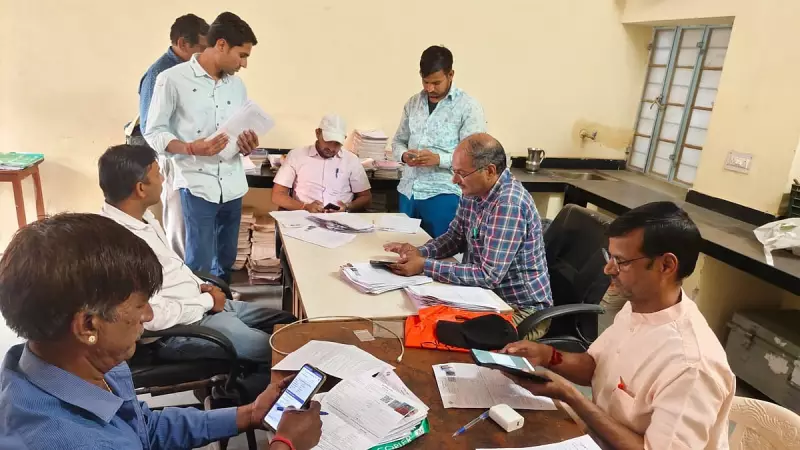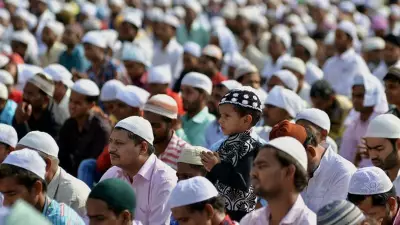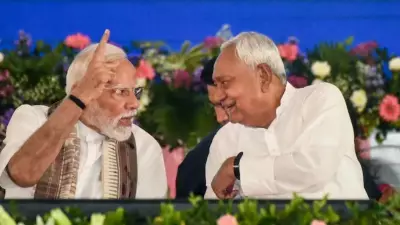
The second phase of the Special Intensive Revision (SIR) of electoral rolls faces significant challenges as election authorities struggle with form distribution across several states. According to recent data, a substantial number of enumeration forms remain with field officials, raising concerns about the revision process timeline.
Massive Pending Distribution Across States
Recent reports indicate that approximately 61.55 lakh enumeration forms are yet to reach eligible voters in the ongoing second phase of the Special Intensive Revision program. The situation is particularly concerning in southern India, where distribution delays could impact the overall revision schedule.
The data reveals a strikingly uneven distribution pattern, with one state accounting for nearly half of all pending forms. This imbalance highlights regional disparities in the implementation of the electoral revision process.
Tamil Nadu's Dominant Share in Pending Forms
Tamil Nadu emerges as the state with the most significant challenge, responsible for approximately 50% of all undistributed forms. This translates to nearly 30 lakh forms still awaiting distribution to households across the state.
Beyond Tamil Nadu, several other states show substantial numbers of pending forms. Kerala, Uttar Pradesh, and Rajasthan together account for a considerable portion of the remaining undistributed forms, indicating that the issue spans multiple regions across the country.
Timeline and Election Commission's Position
The data current as of November 19, 2025, highlights the pressing nature of the distribution backlog. With the second phase of SIR underway, election officials face mounting pressure to ensure all eligible voters receive their enumeration forms promptly.
The Election Commission of India has been monitoring the situation closely, though specific measures to address the distribution gaps remain undisclosed. The special intensive revision process is crucial for maintaining accurate voter rolls ahead of upcoming elections.
As the deadline approaches, all eyes remain on how quickly election authorities in the affected states can bridge the distribution gap and ensure comprehensive coverage for the electoral revision exercise.





